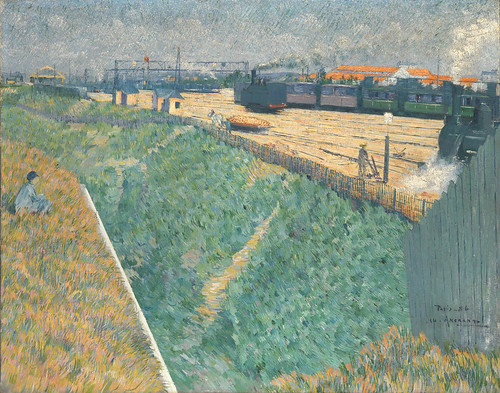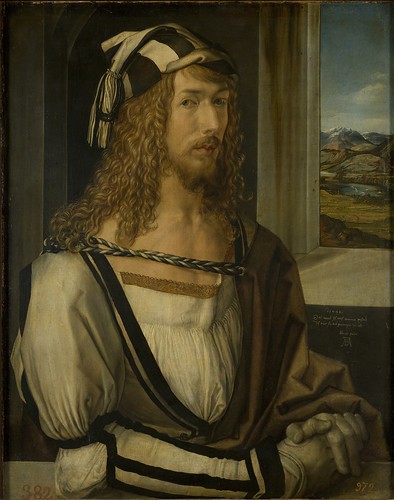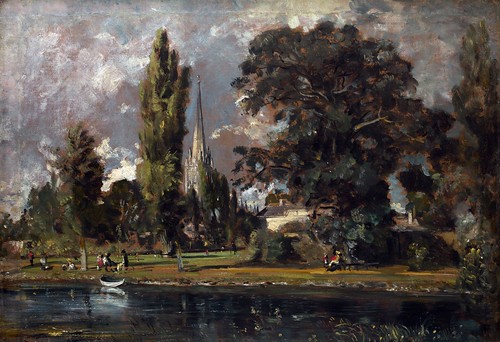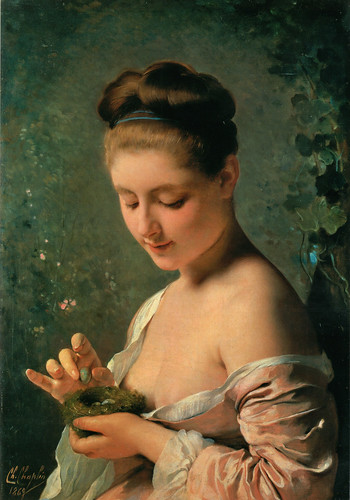Henri Fantin-Latour (January 14, 1836 - August 25, 1904) was a French painter and lithographer. Born Henri Jean Théodore Fantin-Latour in Grenoble, Rhône-Alpes, France, he studied at the École des Beaux-Arts in Paris. He is best known for his flower paintings and group portraits of his friends Parisian artists and writers. His work strongly influenced the symbolist movement of the late 19th Century. Whistler brought attention to Fantin in England.
Les Batignolles was the district where Manet and many of the future Impressionists lived. Fantin-Latour, a quiet observer of this period, has gathered around Manet, presented as the leader of the school, a number of young artists with innovative ideas: from left to right, we can recognise Otto Schölderer, a German painter who had come to France to get to know Courbet's followers, a sharp-faced Manet, sitting at his easel; Auguste Renoir, wearing a hat; Zacharie Astruc, a sculptor and journalist; Emile Zola, the spokesman of the new style of painting; Edmond Maître, a civil servant at the Town Hall; Frédéric Bazille, who was killed a few months later during the 1870 war, at the age of twenty-six; and lastly, Claude Monet.
[Oil on canvas, 204 x 273.5 cm]










































